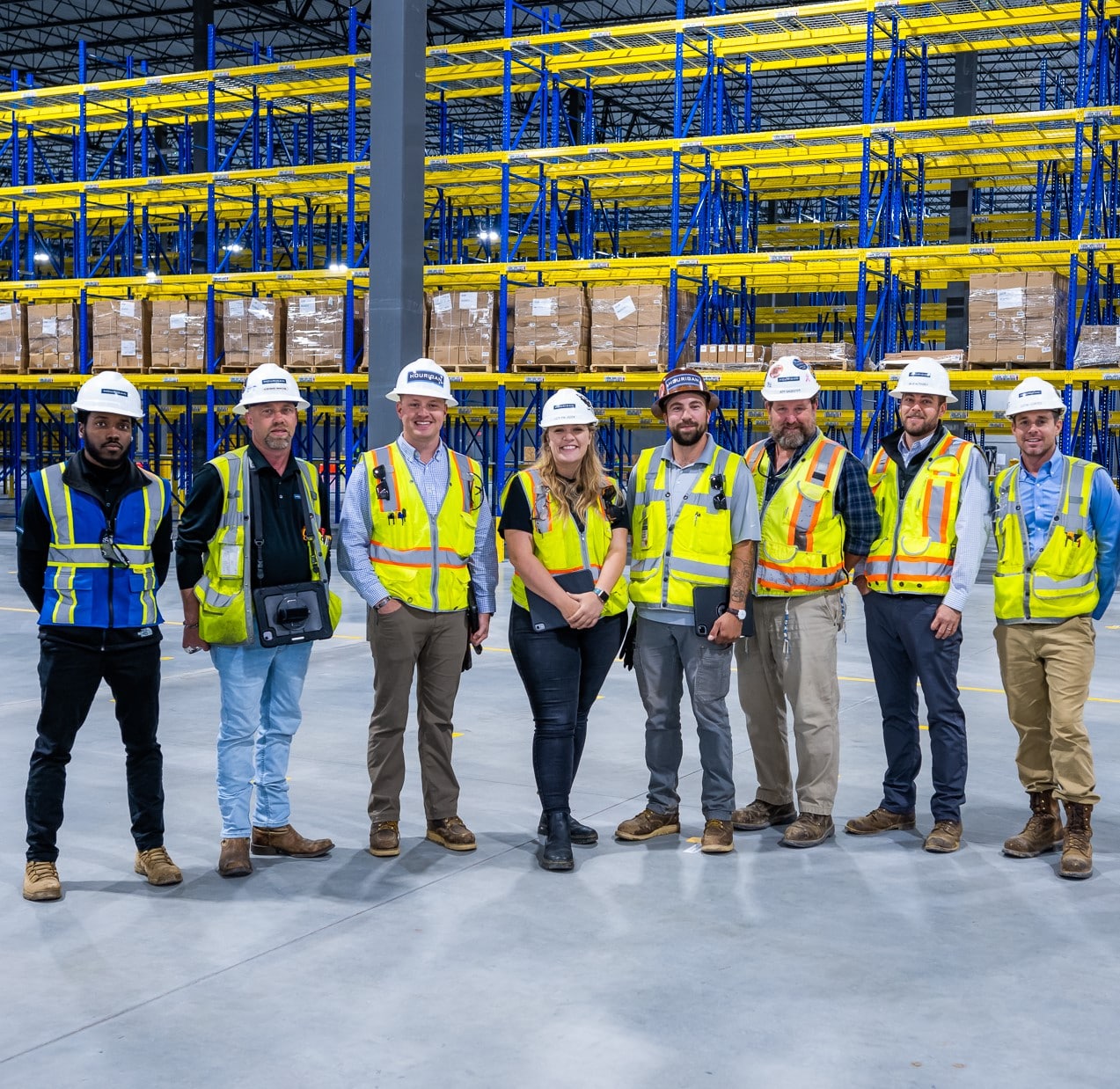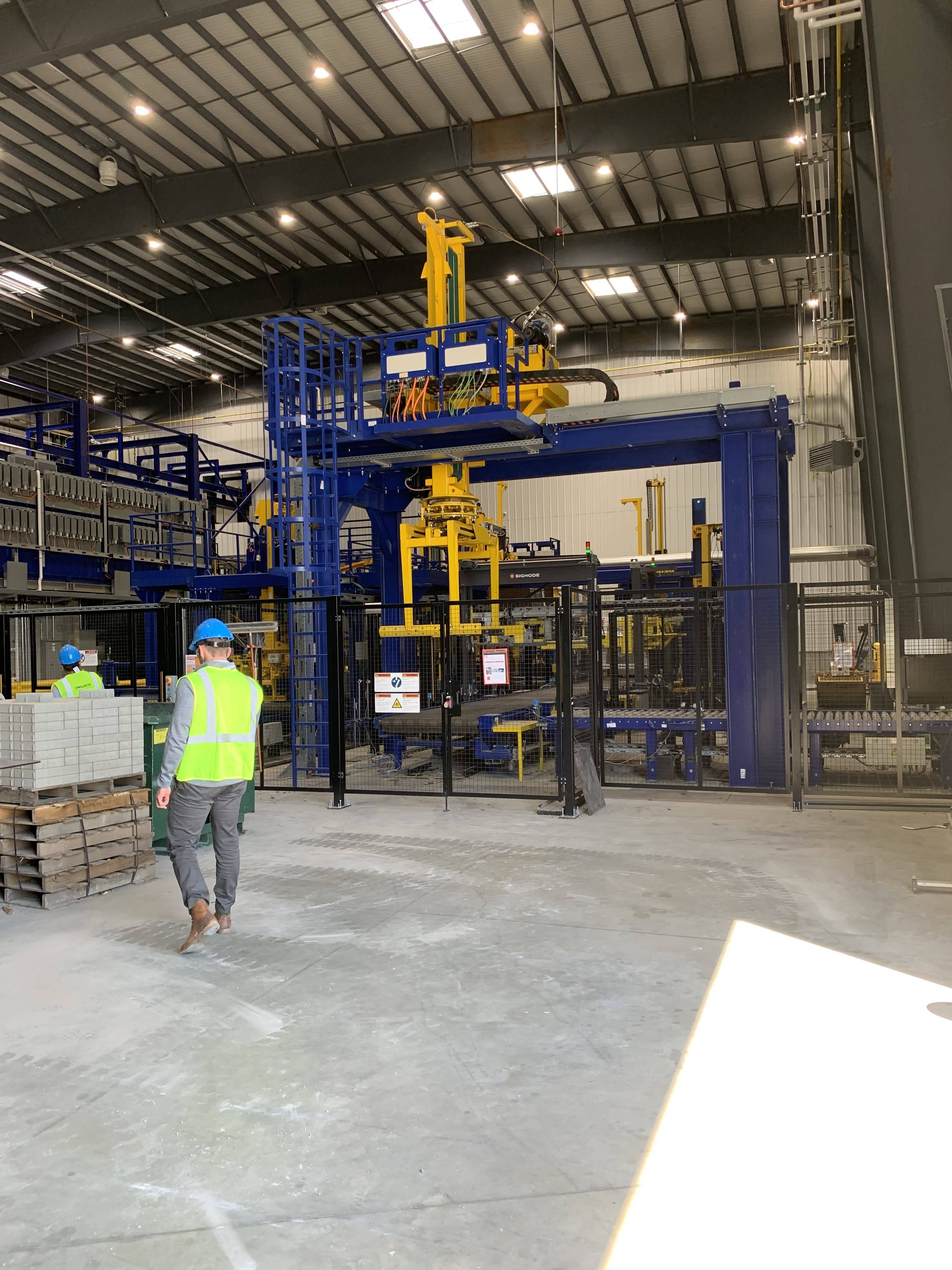A new manufacturing revolution is in full effect across the country. Leading brands and corporations are making capital investments in new or large-scale construction projects, driving the construction industry on regional and national levels. This trend is prevalent across markets and industries. Our thirst for clean energy has seen wind turbine, photovoltaic, and battery manufacturing plants pop up to support the growing demands of our communities. The automotive industry is seeing technological advancements that are extending battery range and life of new vehicles. The agriculture industry is pivoting to indoor farming operations in regions that have excess water capacity, allowing farmers and crop producers to have more consistent and reliable yields of produce that is delivered to the stores faster with a longer shelf life for consumers. The pharmaceutical industry is reimagining its supply chain in a post-pandemic society that allows for drugs on demand and reduces our reliance on overseas operations to manufacture and deliver critical medicines for our families. On top of all of this, our economy is driving businesses to expand their operations through on-shoring and re-shoring of critical products to reduce our reliance on foreign countries, and to find efficiencies that can make products more cost-effective and readily available for consumers.
When it comes to making these projects happen and supporting each business’s growth and resilience goals, the design and execution of the work becomes critical to maintaining timelines and getting each new manufacturing facility up and operational. By bringing on a construction partner early, an owner can have the right resources at the table to make significant decisions early and understand how to get the building up and the product out the door. Being agnostic to the industry, here are some key thoughts on how to target schedule and cost efficiencies for design and construction.
Wherever your new facility lands, one thing remains true – real estate and construction are local. Owners should take the time to build partnerships with local economic development groups and work closely with the localities to find ways to expedite zoning, design, permitting, and other regulatory approvals. Manufacturing facilities that create jobs and generate tax revenue are primed for getting extra support in this process. Having local design and construction partners can further help expedite projects through trusted relationships and communications with the authorities having jurisdiction. Additionally, local labor pools should be evaluated to better understand the costs and any challenges with getting qualified trades to the site for construction. Local construction partners are going to be aware of the trades that have other commitments or limited capacity. By picking the right construction partner, the right choices and evaluations can be made to ensure that the ability to perform is met.

Each building is unique, and it pays to have a partner on board who can bring expertise to help with critical system evaluations for some of the largest areas of investment. Mechanical and electrical systems have become more complex with a wide range of options, and many of these manufacturing facilities typically require custom- or purpose-built boilers, chillers, and electrical gear to supply the central utility plant elements that are crucial to the operations of the facility and developing the product. Being connected to the market, a trusted construction partner can help to evaluate options with scenarios for expansion and future planning, first cost, time for fabrication, delivery, and long-term maintenance factors considered. Additionally, the design and construction teams can work together to look for efficient routing of systems and arrangements of equipment to speed up construction and ensure an efficient design.

With any manufacturing facility, vendor and equipment coordination needs to be carefully managed. A well-versed construction partner who understands the manufacturing space will bridge the gap to ensure that the power, data, process piping, and controls are all planned for and integrated into the space. With some companies, this can include robotic elements and specialty areas such as high–bay storage racks, cold storage, cooling chambers, high–heat kilns, clean rooms, gantry cranes for raw materials, bottling, and packaging lines with all very specific requirements. It’s critical to have a team that understands the process, can ask the right questions, and is willing to work with the vendors to ensure that the systems are coordinated. Each of these elements impacts the built environment with special structural loading requirements, heating and cooling loads, and life safety elements. This coordination is critical to maintaining a safe environment that delivers a quality product.
 Our team went on a manufacturing tour of Unilock in Uxbridge, MA. They are gearing up to start the new Unilock location in Hanover, VA. Taking site tours of other manufacturing facilities is another great way to understand the space.
Our team went on a manufacturing tour of Unilock in Uxbridge, MA. They are gearing up to start the new Unilock location in Hanover, VA. Taking site tours of other manufacturing facilities is another great way to understand the space. Collaborating with local economic developments offers numerous benefits that impact the success and fulfillment of your construction project. Finding the right partner to collaborate with should check off some of the most important contributions to a project:
The advantages are undeniable, from cost savings and efficient project completion to notable work quality and active community involvement.
Coordinating and planning for an advanced manufacturing build is pivotal to delivering a successful project. These large-scale facilities serve multi-functional purpose with a lot of moving parts. Planning out and understanding the full scope of work is critical to the facility and the product being produced. Having a competent handle on these takeaways will lead to successful construction and efficient workflow.
Previous Post Next Post